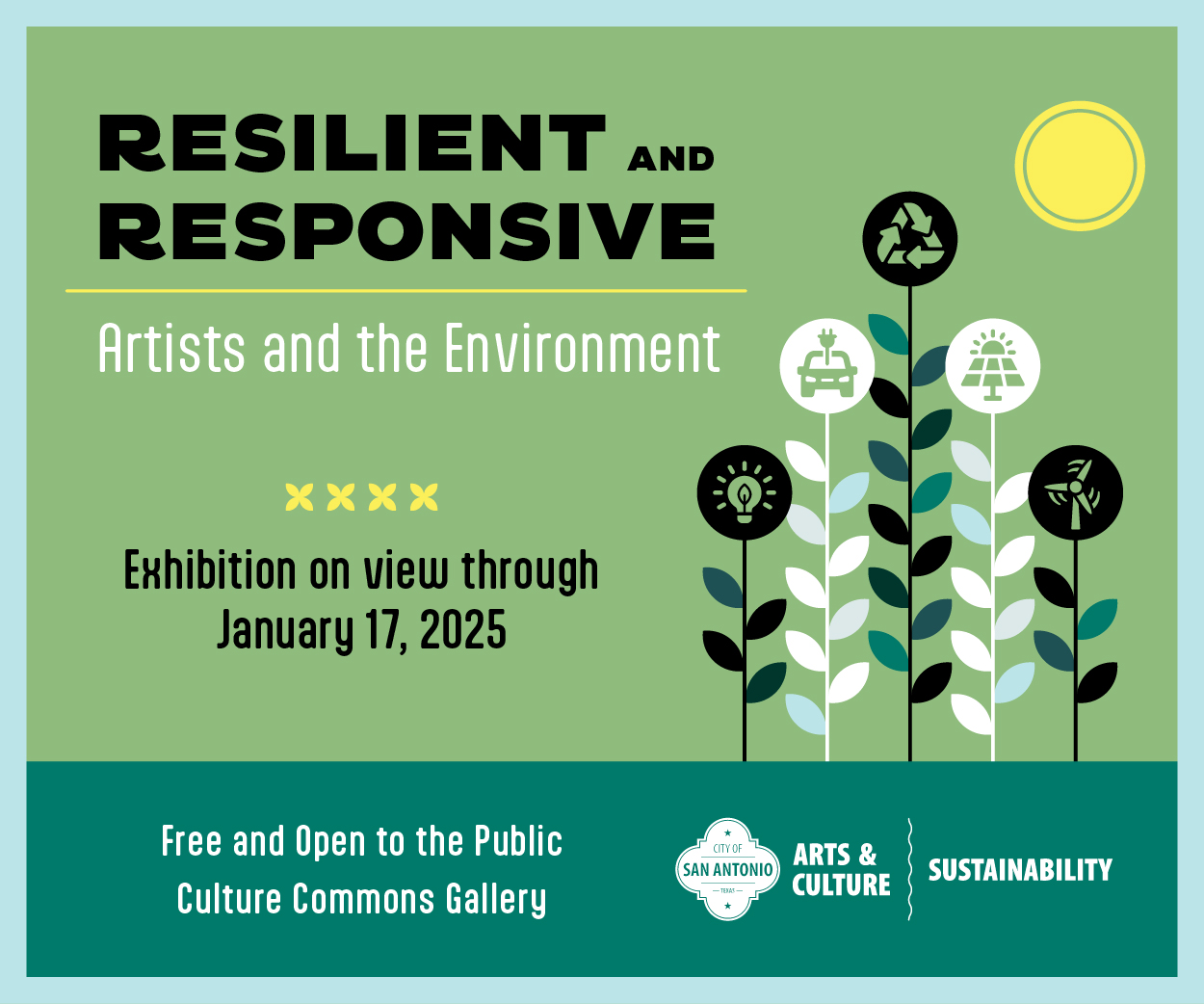By Dr. Ricardo Romo
Malaquias Montoya, this week’s cover artist, is one of the most recognized and ac- complished Chicano artists of his generation. Montoya served in the U.S. Marines in the mid-1960s and used his G.I. Benefits to enroll at UC Berkeley. Between the years 1968 to 1970, UC Berkeley and most California campus- es were engaged in anti-war protests as well as struggles over the lack of inclusion of students of color.

During his college days at UC Berkeley, Montoya emerged as an important figure in the development of Chicano poster art. Montoya had previously worked in the print industry in San Jose, California where he learned silkscreen techniques that he introduced to UC Berkeley art department students.
The late 1960s were a time of much social un- rest in America. Montoya and fellow activists utilized posters to educate, inform, and motivate the public. A major social justice cause for many urban students was the plight of farm work- ers. Student activists rallied behind Cesar Chavez and his fledgling UFW union. Montoya contributed to the UFW movement by produc- ing a vast number of posters in support of higher wages, better working conditions, and union recognition.
When it came to social justice and workers’ rights, Montoya worked as a vol- unteer producing posters for free.
Montoya had migrated as a child with his family to har- vest the crops of California’s Central Valley. Montoya also joined other artists in muralism. Some of the first Chicano murals in the United States had their origin in the San Francisco Bay Area. Montoya excelled in the arts and eventually taught printmaking and painting in Oakland and UC Davis.

Montoya recently retired from the Chicana and Chica- no Studies Department at UC Davis where he taught for many years. His department wrote: “A man of great po- litical and artistic principles, he believes that art should be directed to the broadest pos- sible audiences, including those who do not frequent commercial galleries. Mon- toya has elected to make the world his art gallery.”
Today, Montoya lives in a small farming commu- nity in Northern California and remains very active in the arts. His UC Davis col- leagues commented that there is “no ambiguity in Montoya’s works, as the art form is used to convey the artist’s political message as well as his human concerns. His words are art and his art is poetry.”









